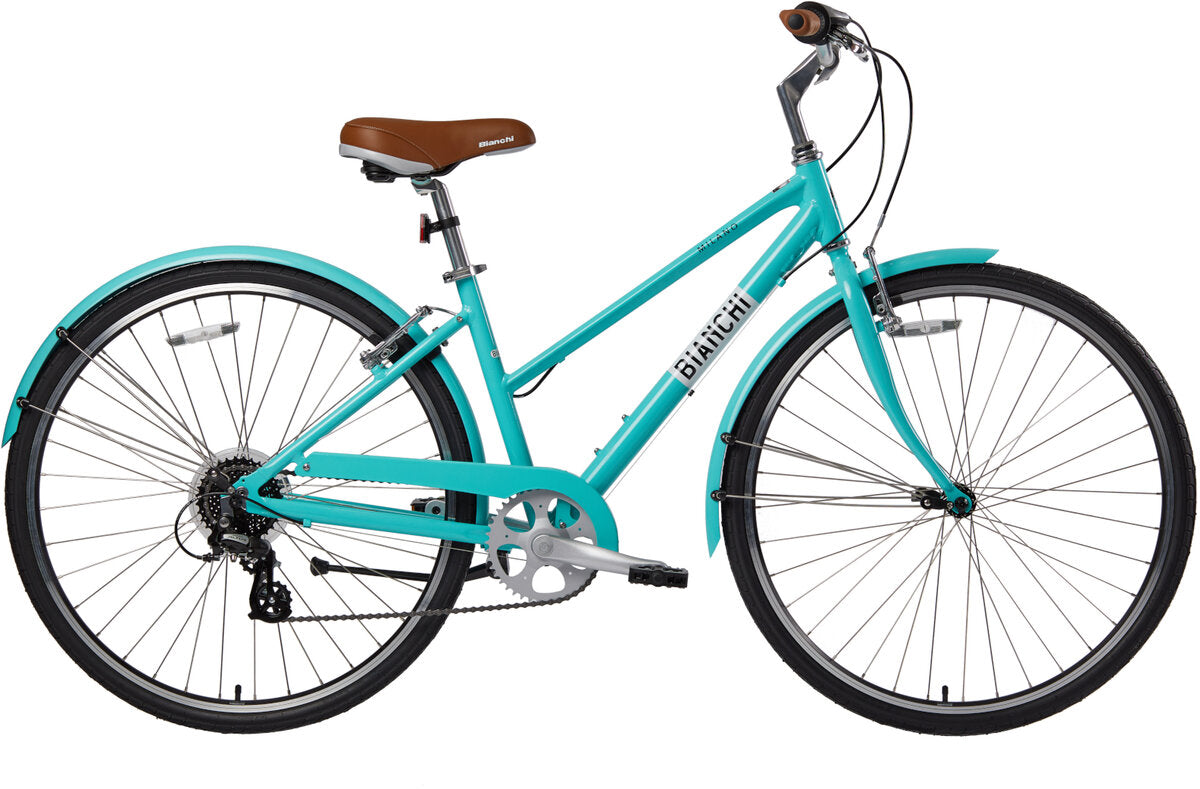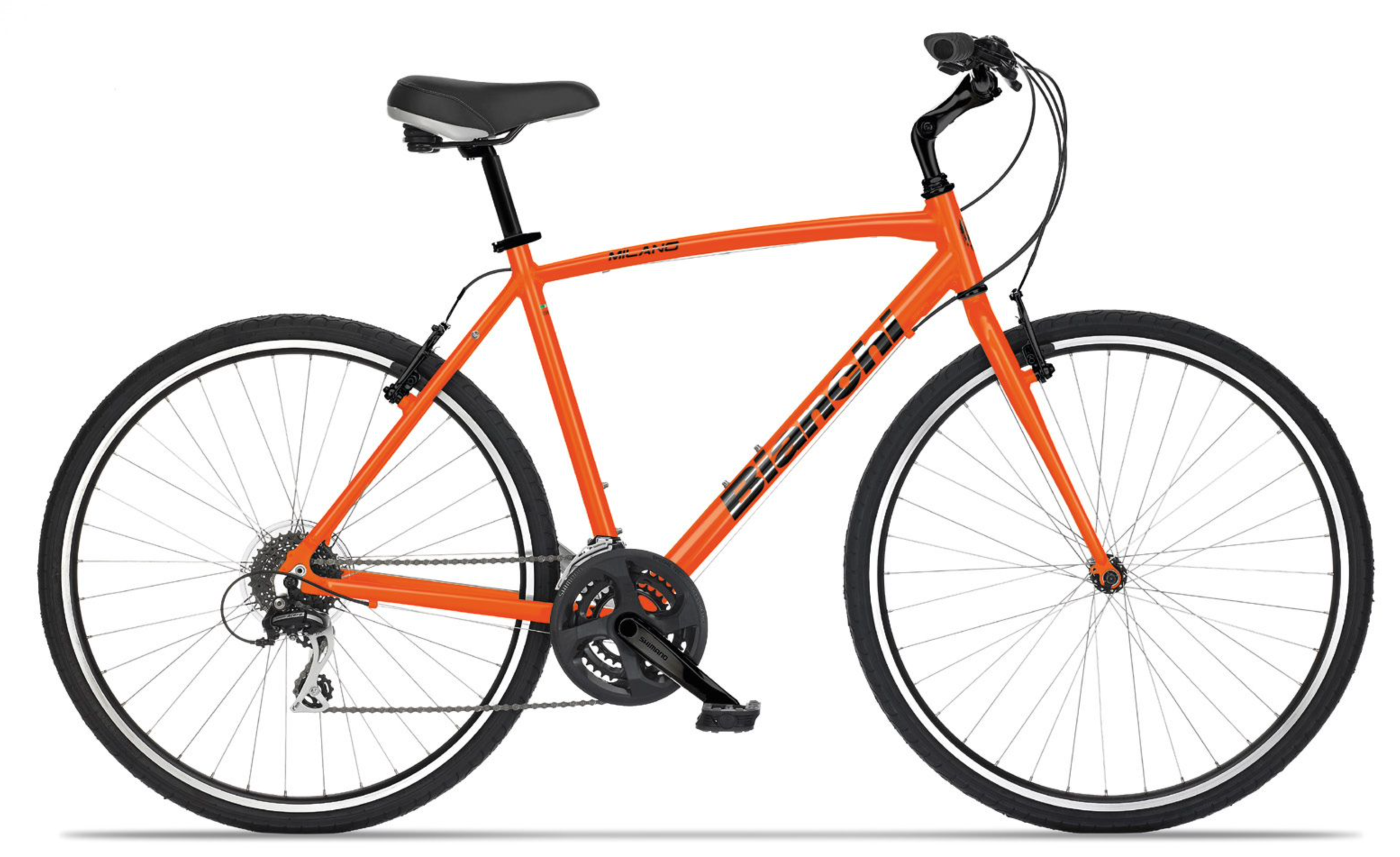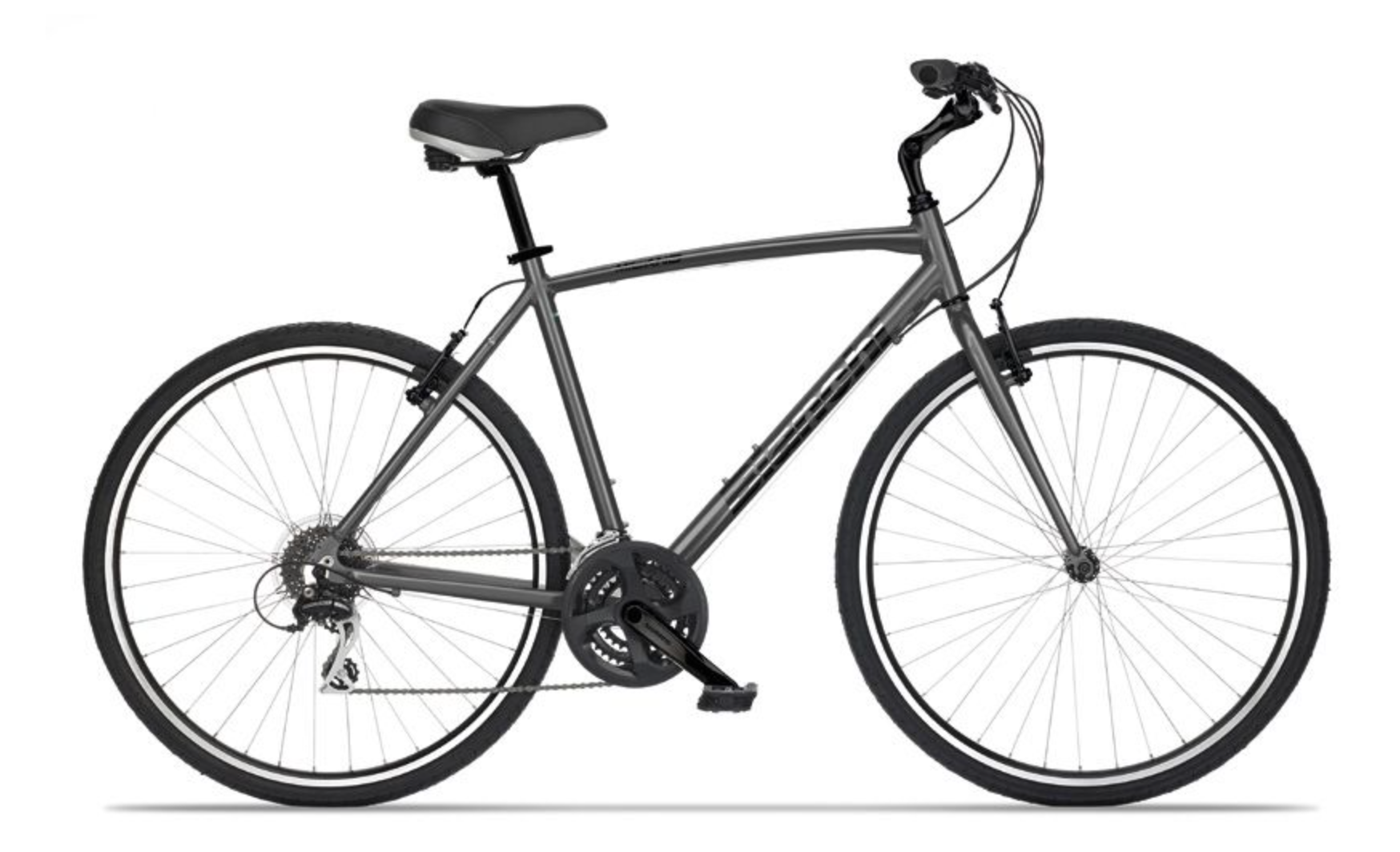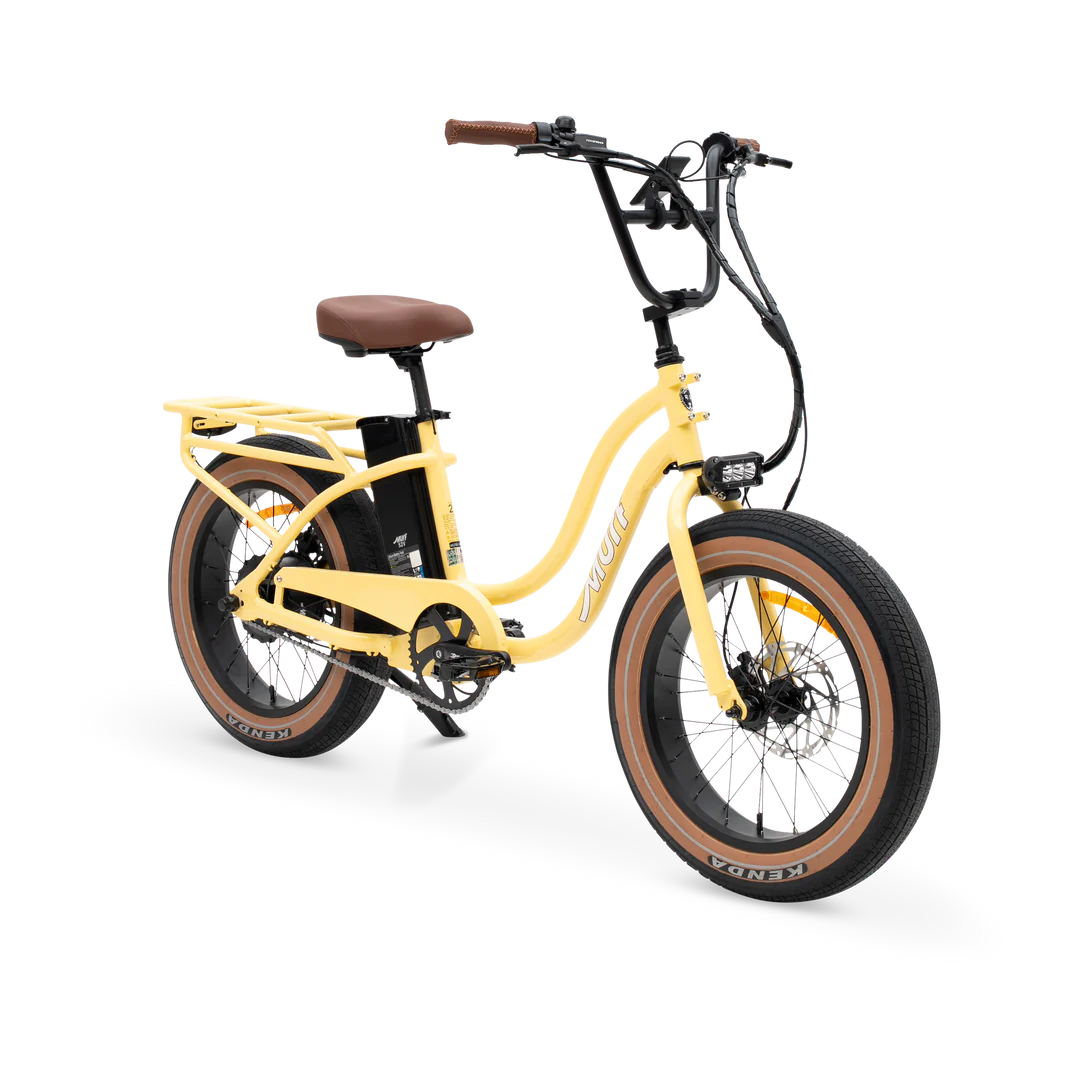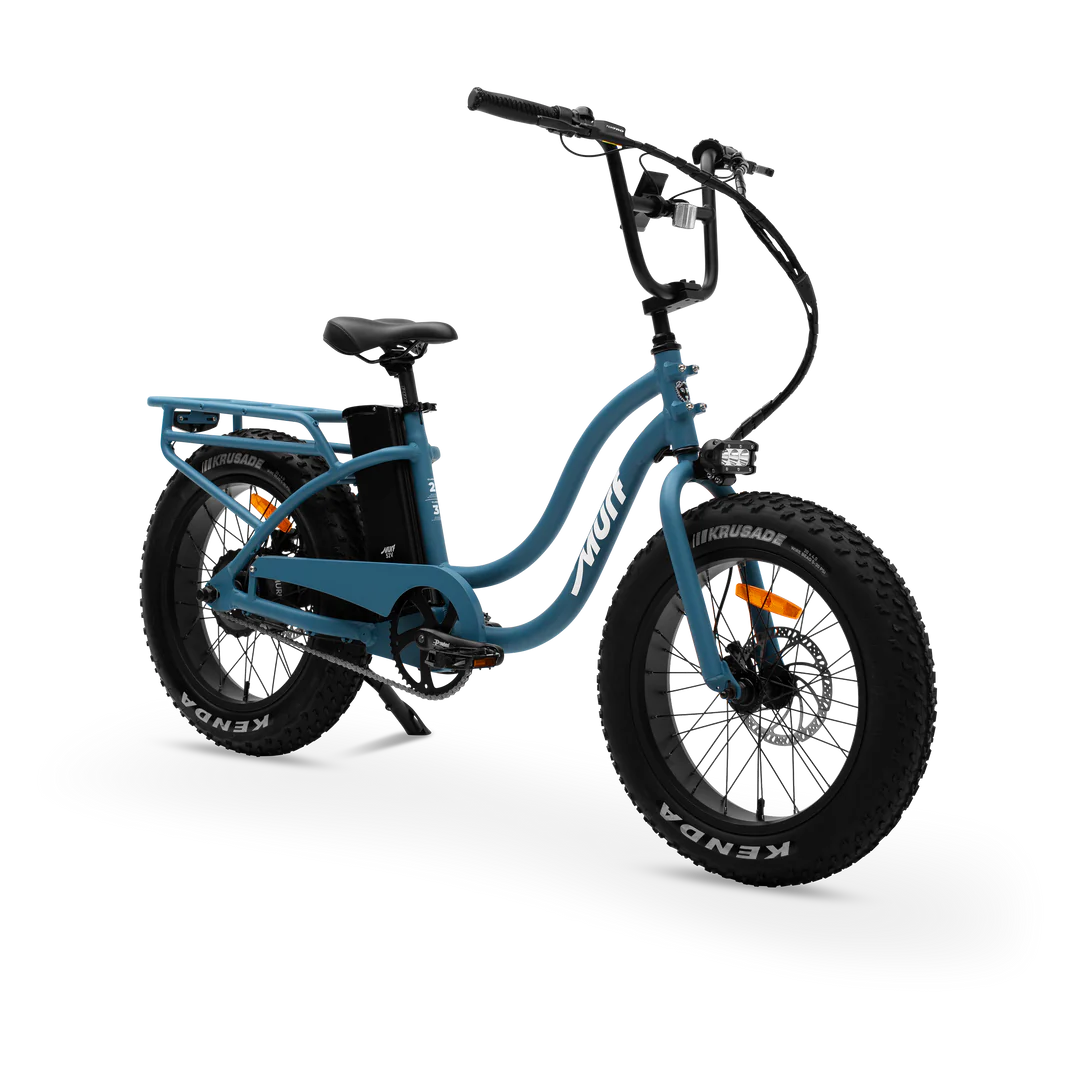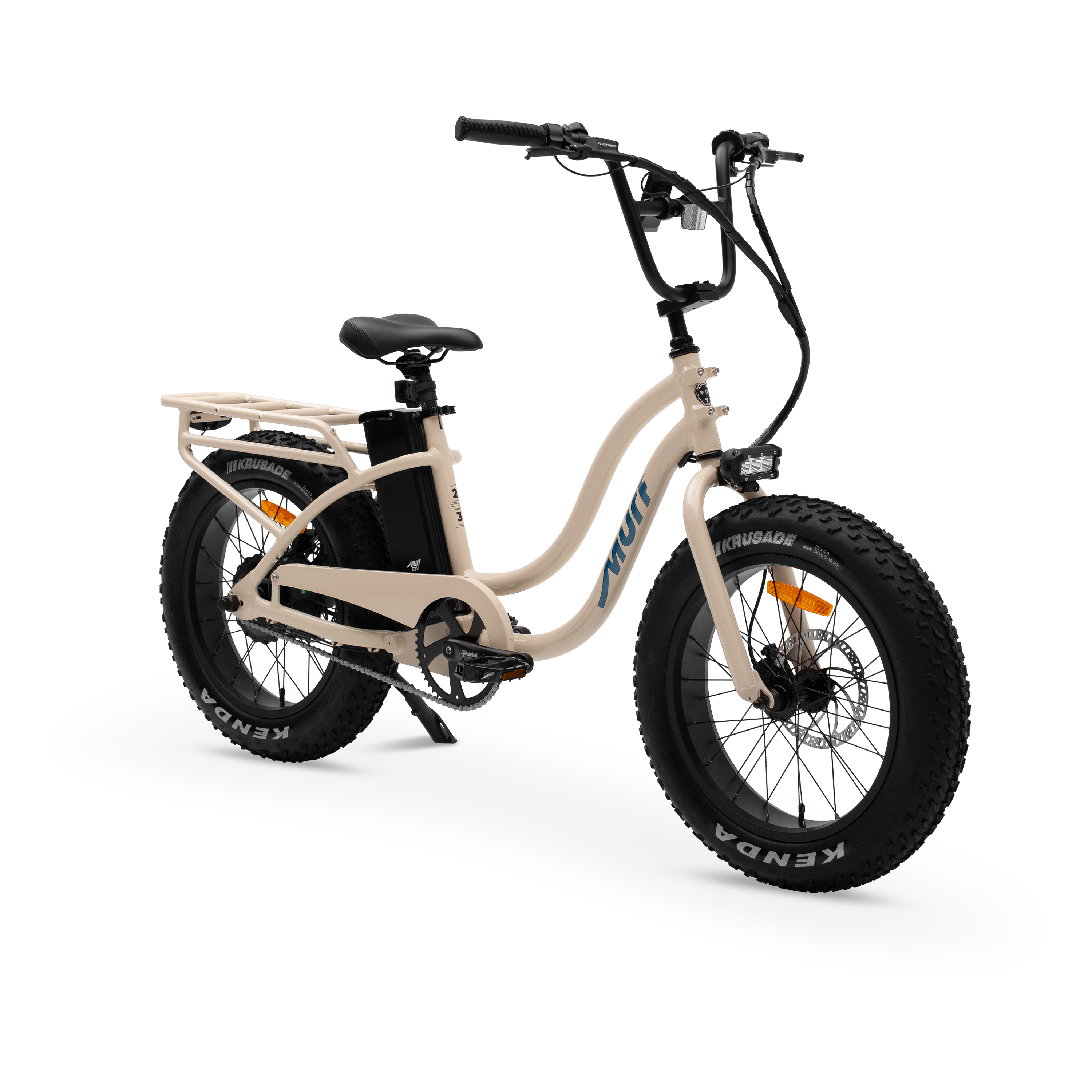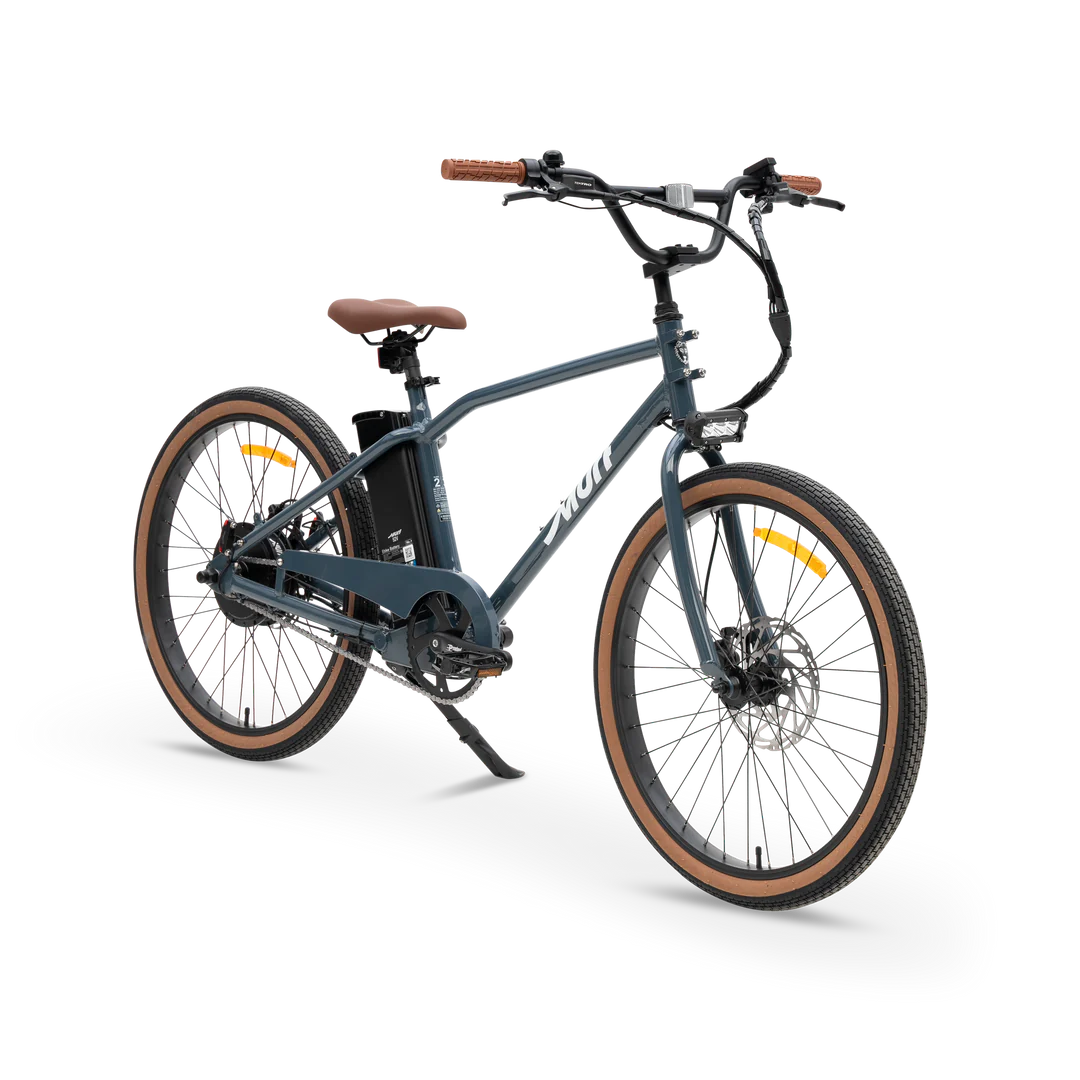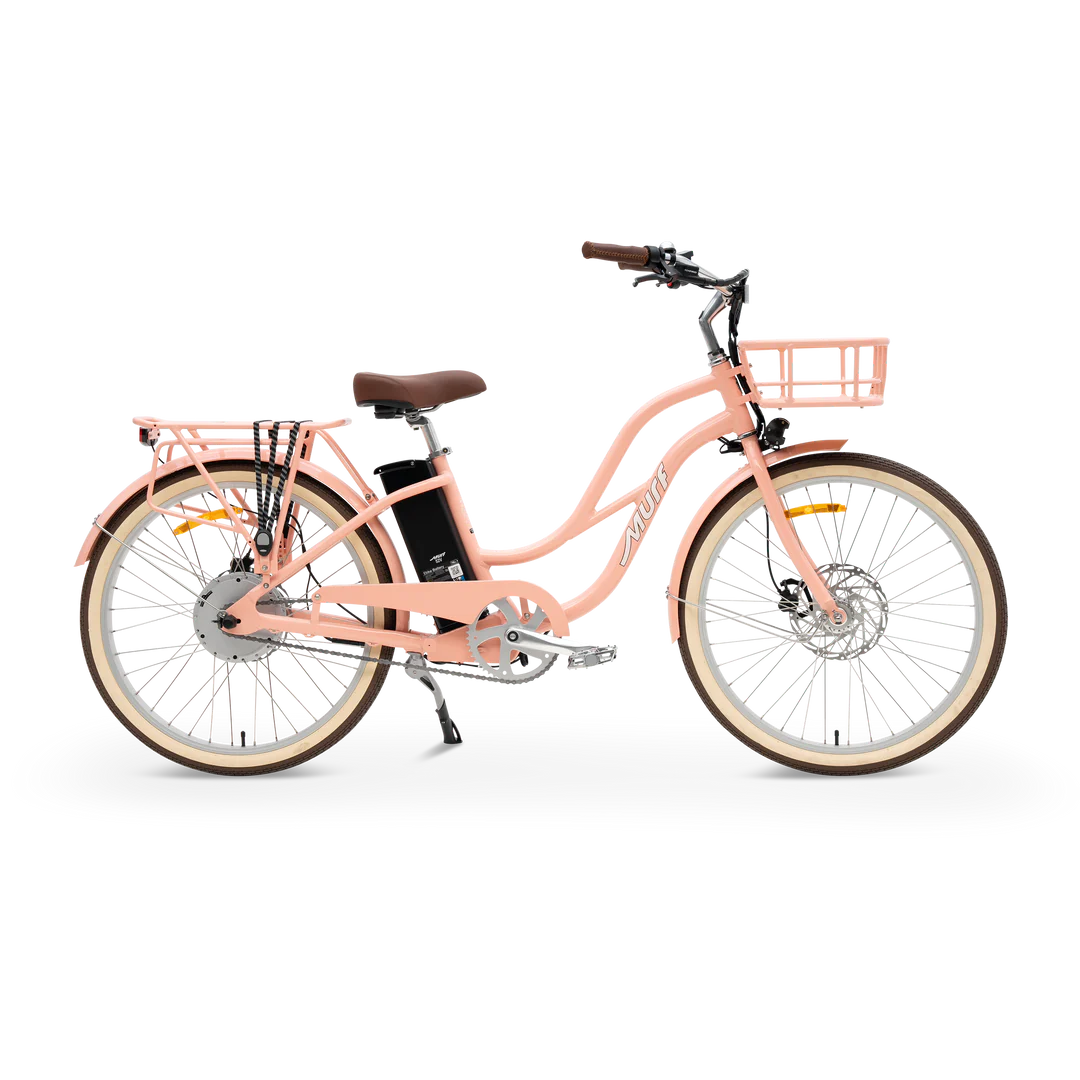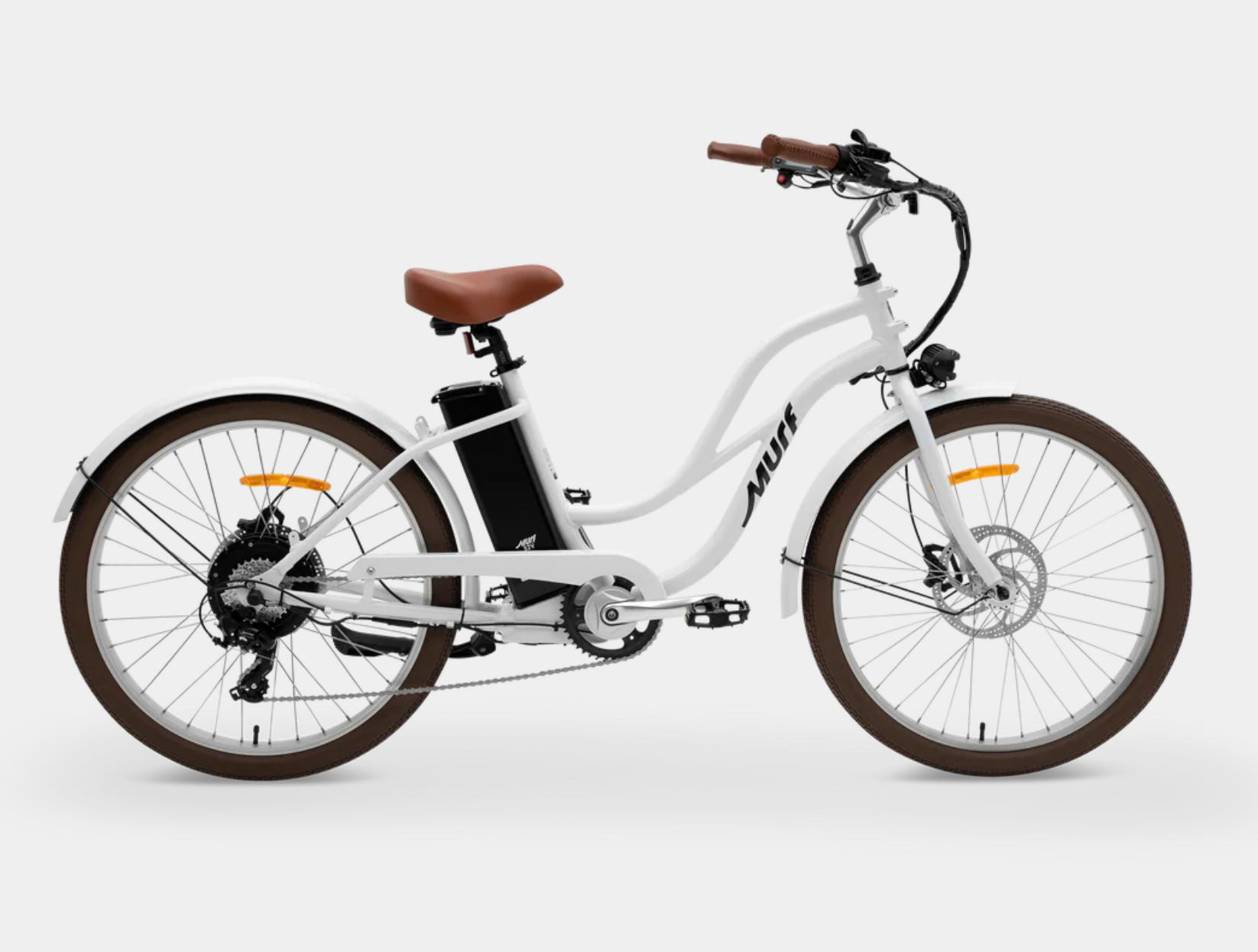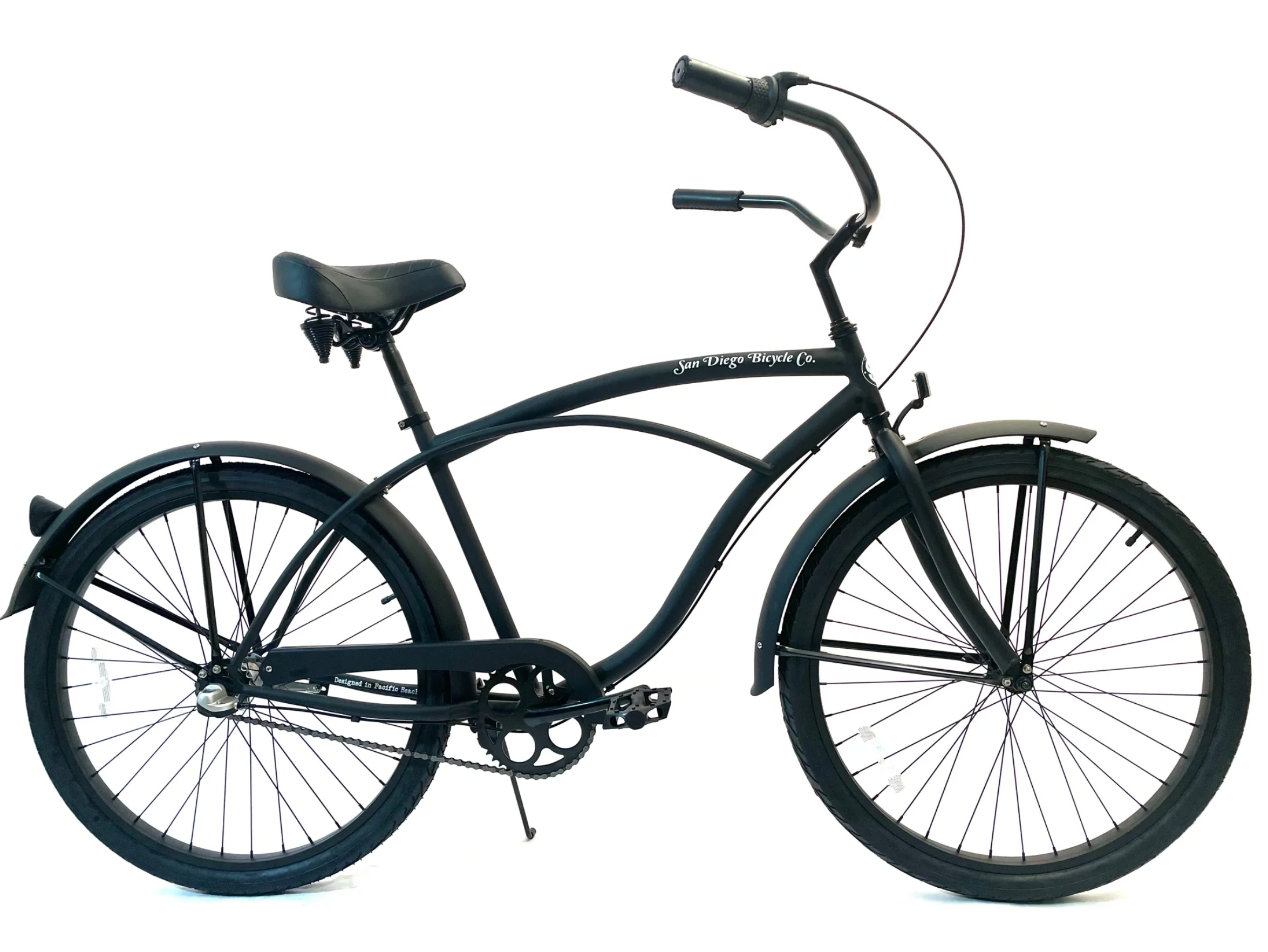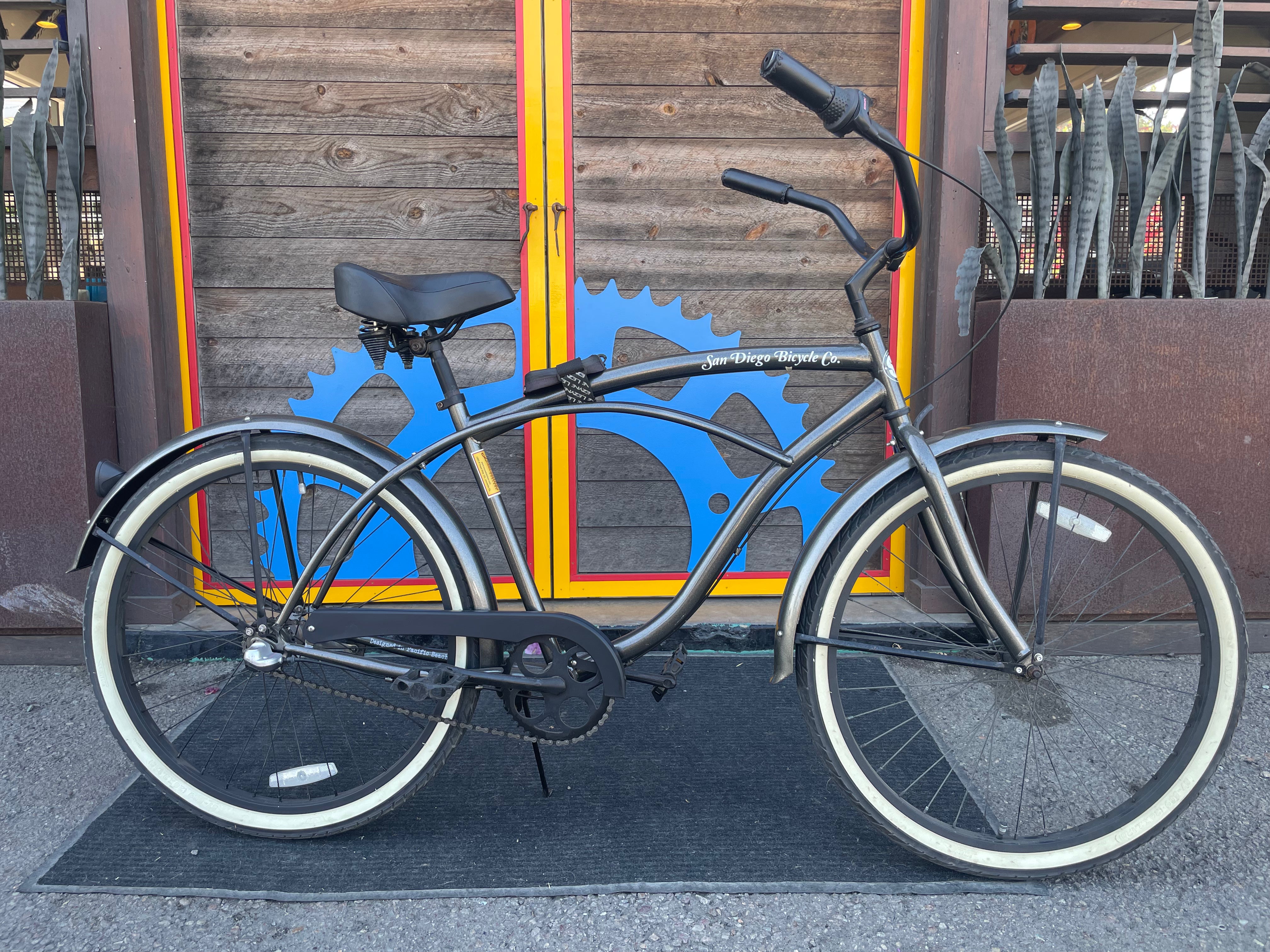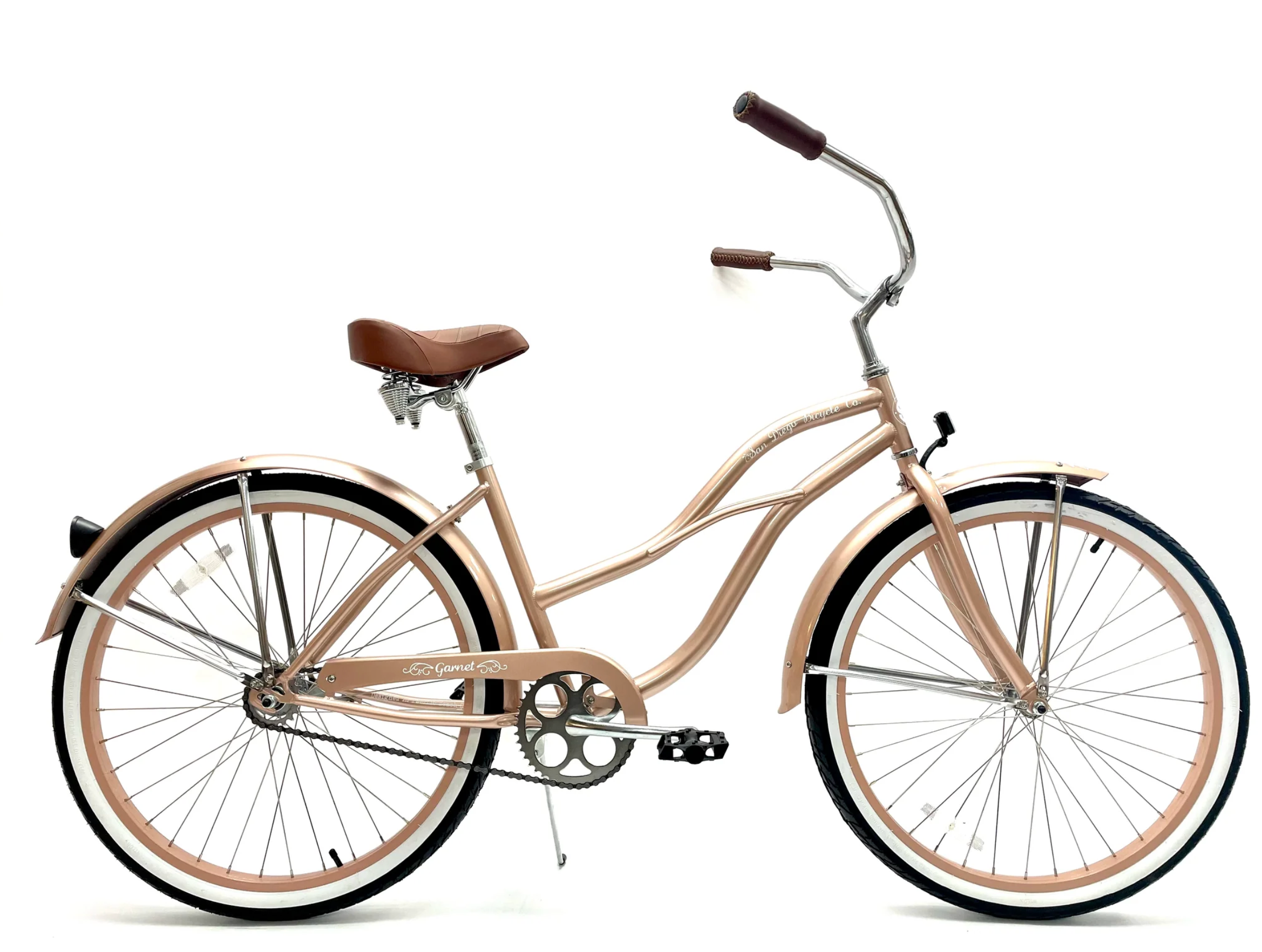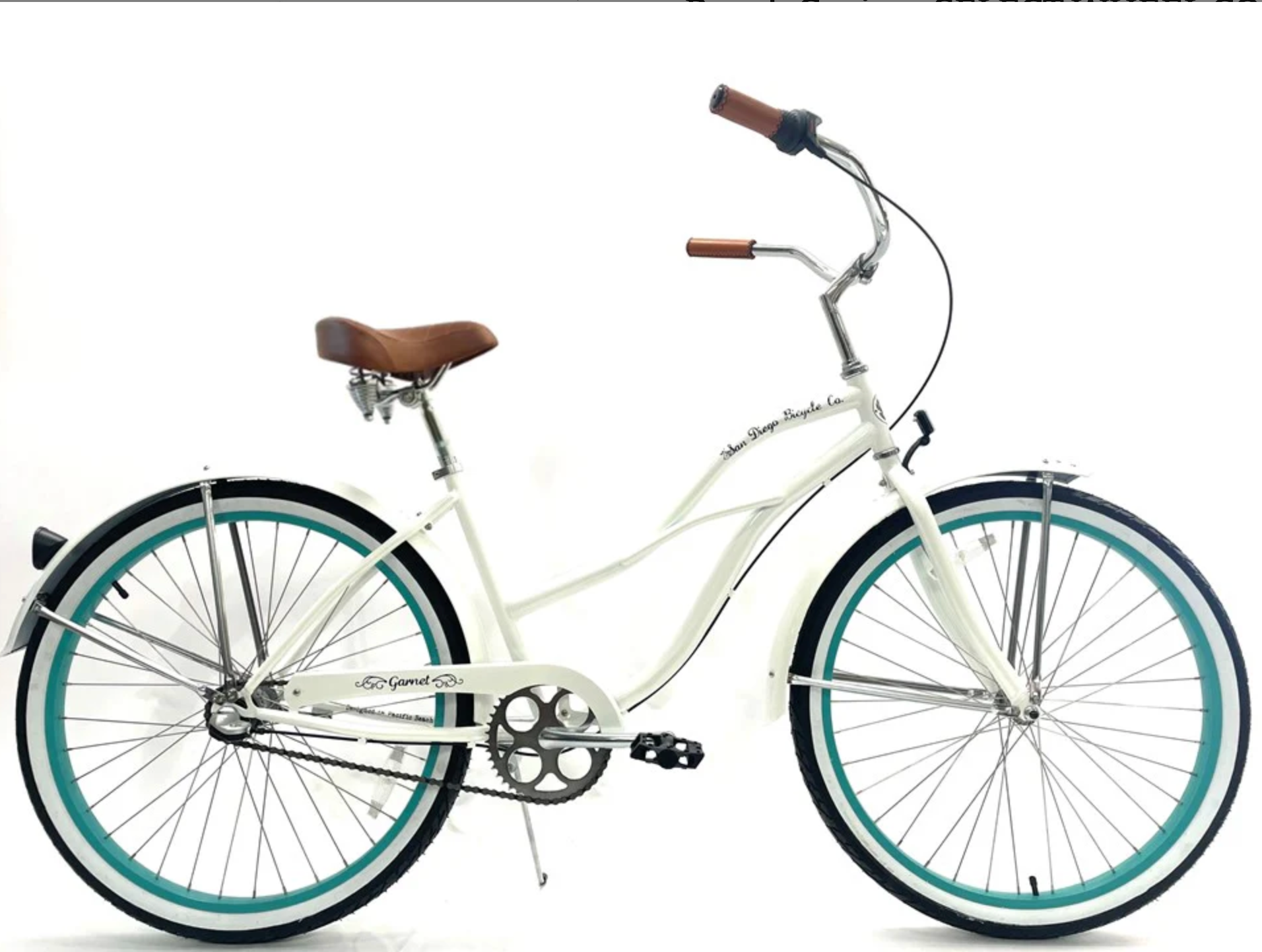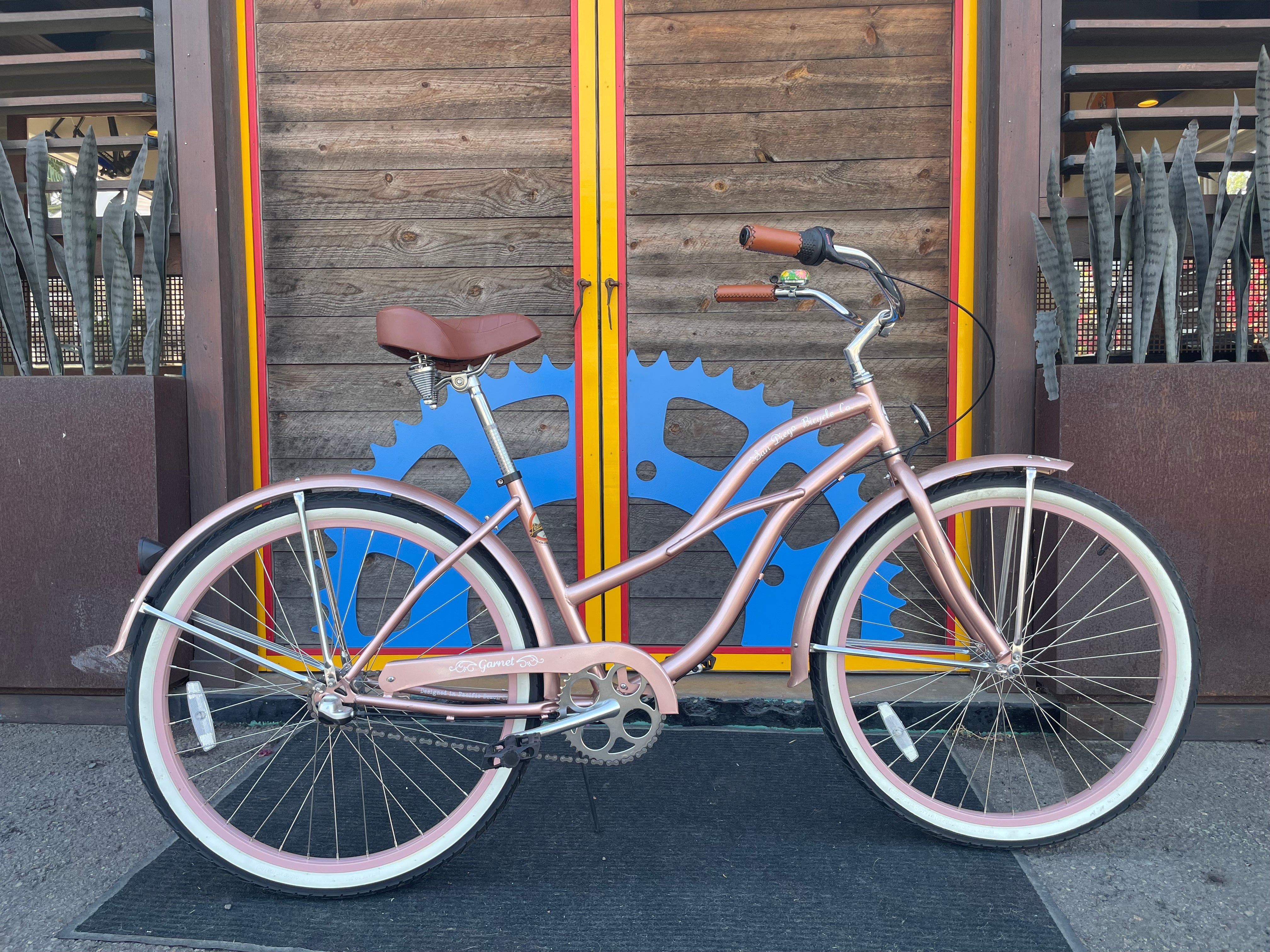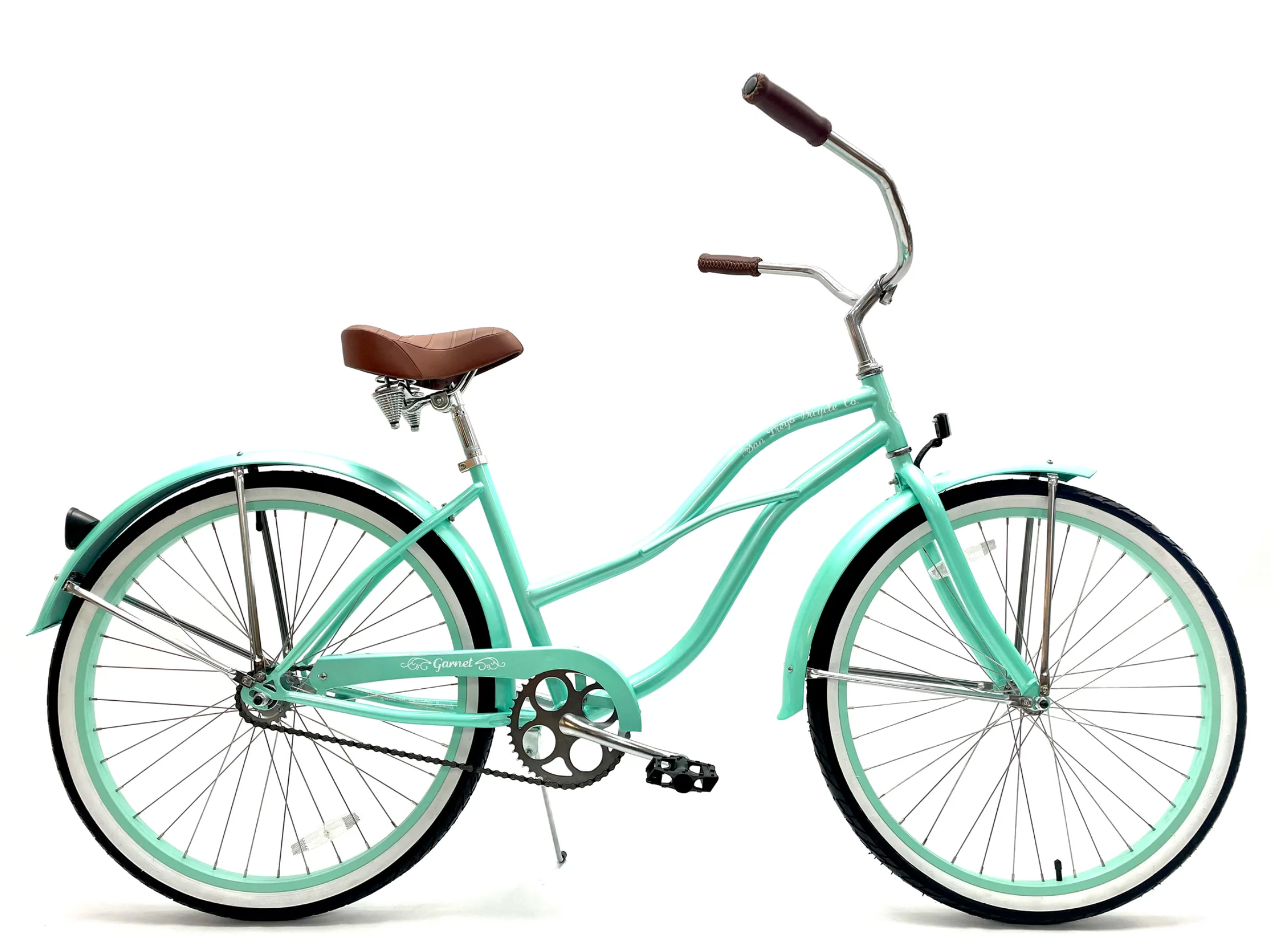Safety Gear
Safety & Gear
Stay safe on the road with proper gear and knowledge of cycling safety best practices. Your safety is the most important part of every ride.
Essential Safety Gear
Helmet
CriticalYour most important safety investment. A properly fitted helmet can save your life in case of an accident.
Key Points:
- Should sit level on your head, not tilted back or forward
- Straps should form a 'V' under each ear
- Should be snug but comfortable when buckled
- Replace every 3-5 years or immediately after any impact
Lights
CriticalEssential for visibility, even during daylight hours. Front white light and rear red light are legally required in many areas.
Key Points:
- Front light: 200+ lumens for urban riding, 400+ for rural areas
- Rear light: Bright red, preferably with flashing mode
- Use even during daylight for increased visibility
- Always carry backup lights or extra batteries
Reflective Clothing
HighBright, contrasting colors and reflective elements dramatically improve your visibility to motorists.
Key Points:
- Bright fluorescent colors for daylight visibility
- Reflective strips or panels for low-light conditions
- Consider a reflective vest for maximum visibility
- Avoid dark clothing, especially black or dark blue
Gloves
RecommendedProtect hands from road rash, improve grip, and reduce fatigue during longer rides.
Key Points:
- Padded palms reduce pressure and vibration
- Fingerless for better dexterity and ventilation
- Full-finger for cooler weather and more protection
- Should fit snugly without bunching or gaps
Eye Protection
RecommendedProtects eyes from UV rays, wind, debris, and insects. Essential for comfort and safety.
Key Points:
- 100% UV protection is essential
- Wraparound style provides best coverage
- Interchangeable lenses for different conditions
- Should stay secure during active riding
Proper Footwear
RecommendedClosed-toe shoes with good grip prevent foot injuries and improve pedaling efficiency.
Key Points:
- Stiff soles transfer power more efficiently
- Secure closure system (laces, velcro, or BOA)
- Avoid loose laces that can catch in drivetrain
- Consider clipless pedals and shoes for serious riding
Road Safety Rules
Ride with Traffic
Legal RequirementAlways ride in the same direction as vehicle traffic. Riding against traffic is illegal and extremely dangerous.
Obey Traffic Laws
Legal RequirementBicycles must follow the same traffic laws as motor vehicles, including stopping at red lights and stop signs.
Use Hand Signals
Legal RequirementSignal your intentions clearly to other road users. Left arm extended for left turns, bent up for right turns.
Ride as Far Right as Safe
Legal RequirementStay as far right as safely possible, but take the lane when necessary for your safety.
Be Visible and Predictable
Safety Best PracticeWear bright colors, use lights, and ride predictably. Avoid sudden movements or lane changes.
Stay Alert and Focused
Safety Best PracticeAvoid distractions like headphones or phone use. Stay aware of your surroundings at all times.
Safety Best Practices
Intersection Safety
- Slow down and look both ways before entering any intersection
- Make eye contact with drivers when possible
- Use proper hand signals well in advance of turns
- Never assume drivers see you - always be defensive
- Position yourself where drivers expect to see vehicles
- Be extra cautious around right-turning vehicles
Road Positioning
- Maintain a straight, predictable line of travel
- Stay at least 3 feet away from parked cars (door zone)
- Take the full lane when it's too narrow to share safely
- Avoid riding in the gutter or on sidewalks
- Look ahead and plan your path around obstacles
- Use bike lanes when available and well-maintained
Weather Considerations
- Reduce speed in wet conditions - braking distances increase
- Be extra visible in low-light or foggy conditions
- Avoid riding in severe weather (heavy rain, strong winds)
- Dress appropriately for conditions to maintain control
- Be aware that road surfaces can be slippery when wet
- Consider indoor training during extreme weather
Group Riding Safety
- Communicate hazards by pointing them out or calling out
- Maintain steady speed and avoid sudden movements
- Don't overlap wheels with the rider in front of you
- Single file when cars need to pass
- Follow the lead rider's pace and route decisions
- Be extra courteous to motorists when in groups
Emergency Preparedness
Identification
Always carry ID with emergency contact information
Emergency Contacts
List emergency contacts in your phone and on a card in your wallet
Basic First Aid Knowledge
Learn basic first aid, especially for cuts, scrapes, and sprains
Roadside Assistance
Consider apps like AAA or bike-specific roadside assistance
Route Communication
Tell someone your planned route and expected return time
Emergency Tools
Carry a whistle, mirror, or other signaling devices for emergencies
California Cycling Laws - Know Your Rights & Responsibilities
Key California Laws:
- Helmet Law: Required for riders under 18
- Lighting: White front light and red rear reflector required after dark
- Lane Position: Ride as far right as practicable, but may take full lane when safer
- Bike Lanes: Use bike lanes when present and safe
- Three-Foot Rule: Motorists must give cyclists 3+ feet when passing
Your Rights as a Cyclist:
- Same rights and responsibilities as motor vehicle drivers
- Right to use full traffic lane when necessary for safety
- Protection under the three-foot passing law
- Right to report aggressive or dangerous driving
- Access to most public roads (except freeways)
Safety is Everyone's Responsibility
At Leucadia Cyclery, we believe that proper safety gear and education are investments in your long-term cycling enjoyment. We carry a full selection of safety equipment and are always happy to help you find the right gear for your needs and budget.
Our Safety Services:
- Professional helmet fitting
- Bike safety inspections
- Safety gear consultations
- Group ride safety briefings
Remember:
- No ride is worth risking your safety
- Gear is only effective if you use it properly
- Stay alert and ride defensively
- When in doubt, choose the safer option

